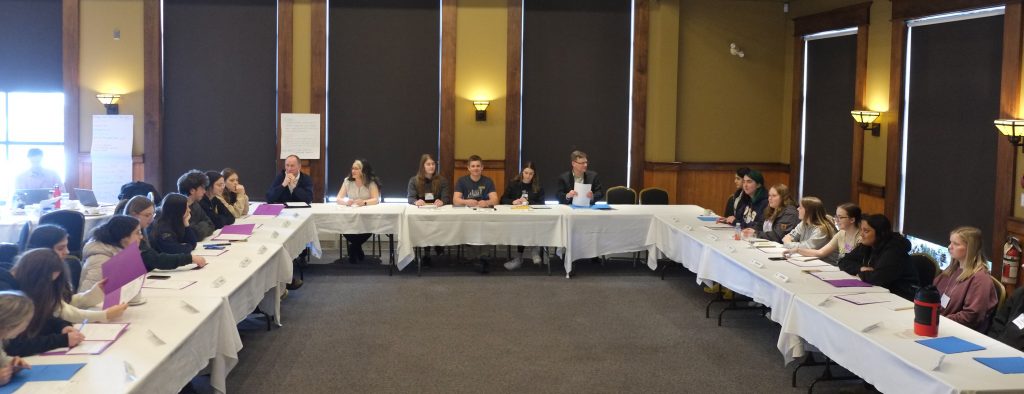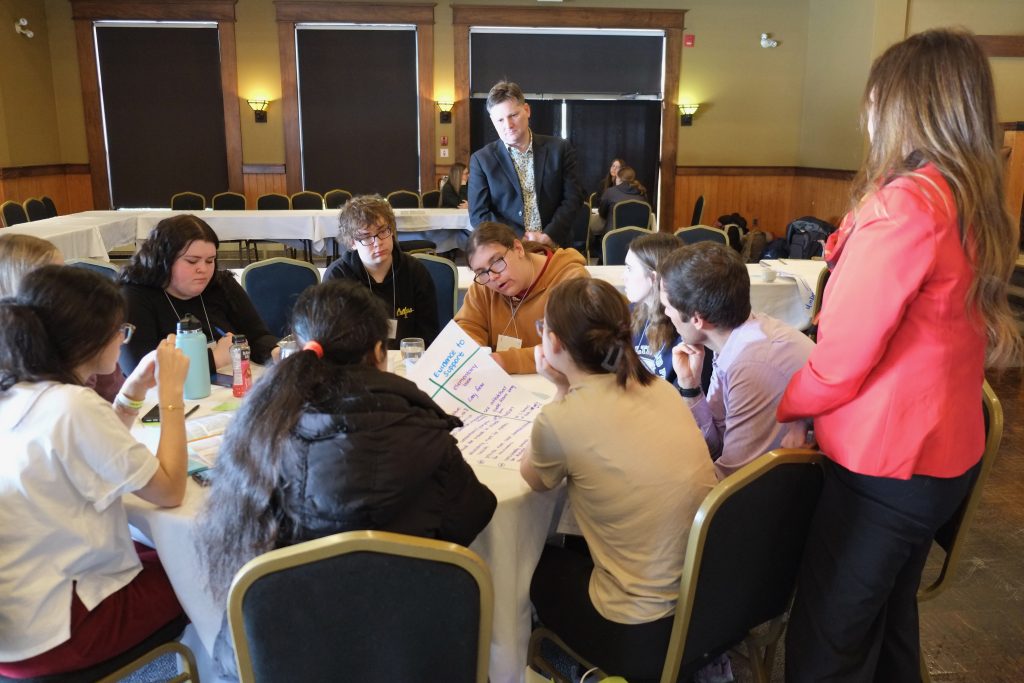
Meet the 2024-2025 Council of Student Leaders
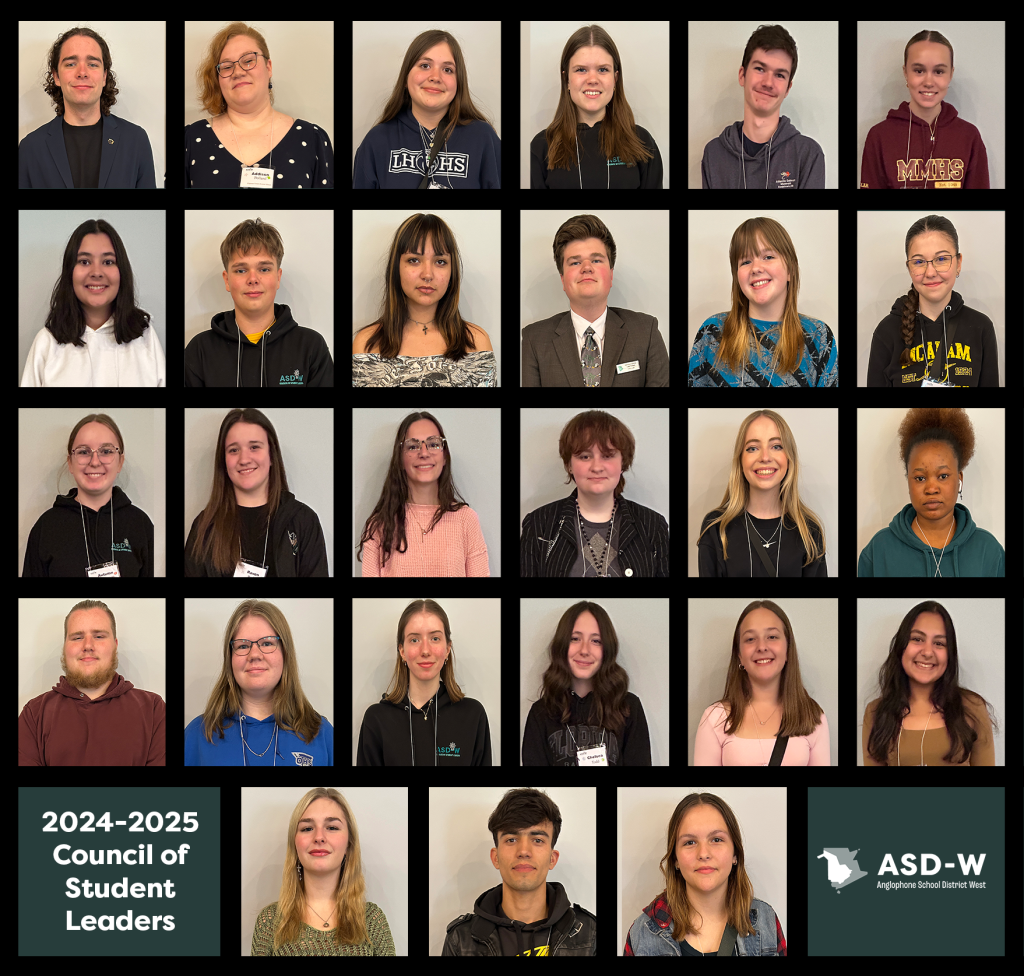
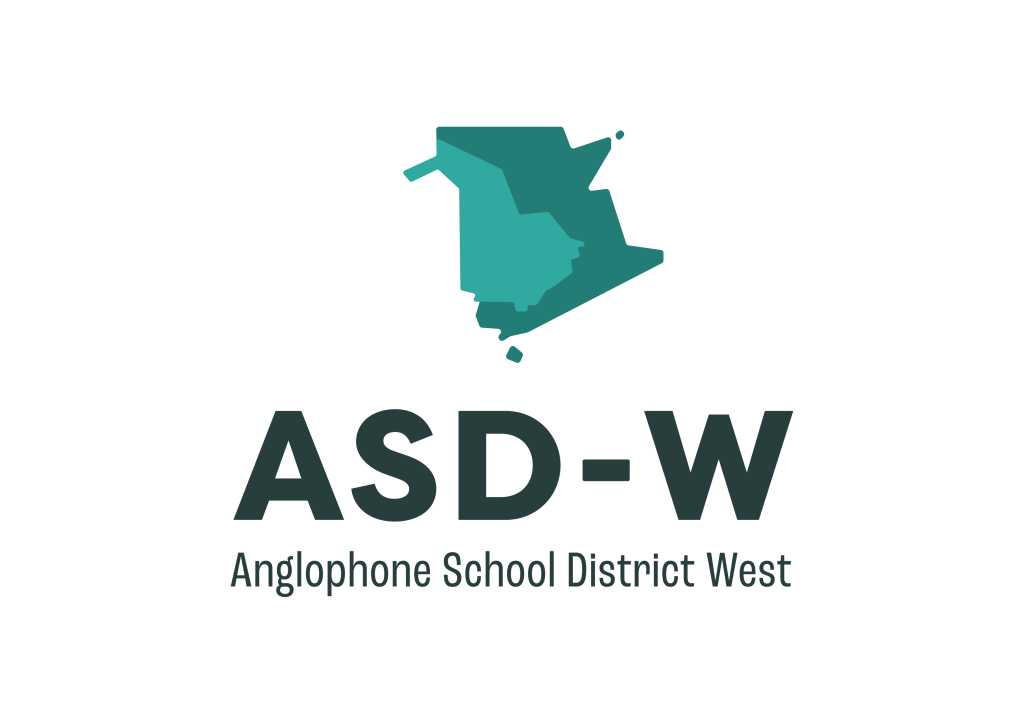

2024-2025 Initiative: Improving Experiences for High School Newcomer Students in ASD-W

In the 2024-2025 academic year, the Council of Student Leaders assembled for the first time in October with the goal of determining the ‘Deep Dive’ topic for the year. Splitting the council into smaller groups, they were able to share common experiences, issues, and successes among their schools. Each group brought their ideas into a group forum, where through discussion they had a list of concerns to address. Through a unique and innovative voting system the Council calls ‘Dotmocracy’, the ‘Deep Dive’ topic was narrowed down to:
“High School Newcomer and EAL Support in ASD-W.”
2023-2024 Initiative: Experiences of Discrimination
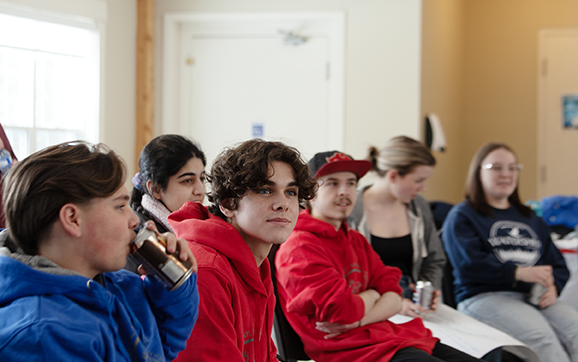
The 2023-2024 Council of Student Leaders came together in October 2023 with the goal of determining the deep-dive topic of the year. In small groups, council members discussed common experiences across their schools, and determined what areas of concern existed among the students. Each group brought ideas to a group forum, and through discussion, arrived at a list of common concerns.
Using a voting system called ‘Dotmocracy,’ the deep-dive topic was narrowed down to the following question:
How does ASD-W educate its K-12 students on minority groups, with the aim of reducing discrimination?
2022-2023 Initiative: Diversity and Inclusion

In the Anglophone West School District (ASD-W), we strive to educate our students to become confident, curious, and caring citizens who will shape a better future for all.
Yes, these words appear on our website homepage. But they are no trite platitudes.
Through our new Council of Student Leaders initiative—implemented for the first time during the 2022-2023 school year—ASD-W students did the work to improve the school lives of their fellow students in the district by prioritizing diversity and inclusion.
“The Council of Student Leaders was formed to serve as a collective student voice in ASD-W, providing feedback to me, as Superintendent, and the leadership team within the district,” said ASD-W Superintendent David McTimoney. “In turn, we share this feedback with principals and other system leaders so that they can reflect on what students are saying about their life at school.”
Their work led to the Report and Recommendations on Diversity and Inclusion in ASD-W, which has been presented to senior leadership, as well as the District Education Council. Student leaders made suggestions about diversity and inclusion in the district that, once implemented, are intended to improve students’ sense of belonging.
“I want to hear from them about what is going well and what needs improvement,” McTimoney said.
The group of 24 students represented both urban and rural schools, and included representation from First Nation, LGBTQI2S+, international, newcomer, and English as Additional Language communities.
“… Council wants to ensure that people with administrative power will create a more diverse school environment in which all students feel included…”
Report and Recommendations on Diversity and Inclusion in ASD-W
